Two weeks ago, I got back from London.
The trip was part business, part soul-searching — and completely eye-opening.
Walking through Shoreditch, sipping bitter coffee at cafes that doubled as creative studios, and visiting stores that screamed identity with just their packaging… I realized something: branding is no longer optional. It’s everything.
Whether you’re selling handcrafted leather wallets, running a tech startup, or launching a design agency from your bedroom — your brand is the silent (or sometimes very loud) ambassador that speaks before you ever show up.
So here I am, sitting in my small workspace back in Indonesia, sharing what I know — and still learning — about branding. This is Branding 101, the way I wish someone had explained it to me when I started.
1. What Branding Really Means
You may think branding starts with a logo. I did too.
But here’s the truth:
A brand is not your logo. Not your product. Not your service. It’s the emotional connection your audience forms with you.
Think about Apple. Or Nike. You don’t buy just a product — you buy a feeling. You buy a belief system. And that’s what branding really is: emotion, reputation, and differentiation rolled into one.
2. Brand Purpose: Your “Why”
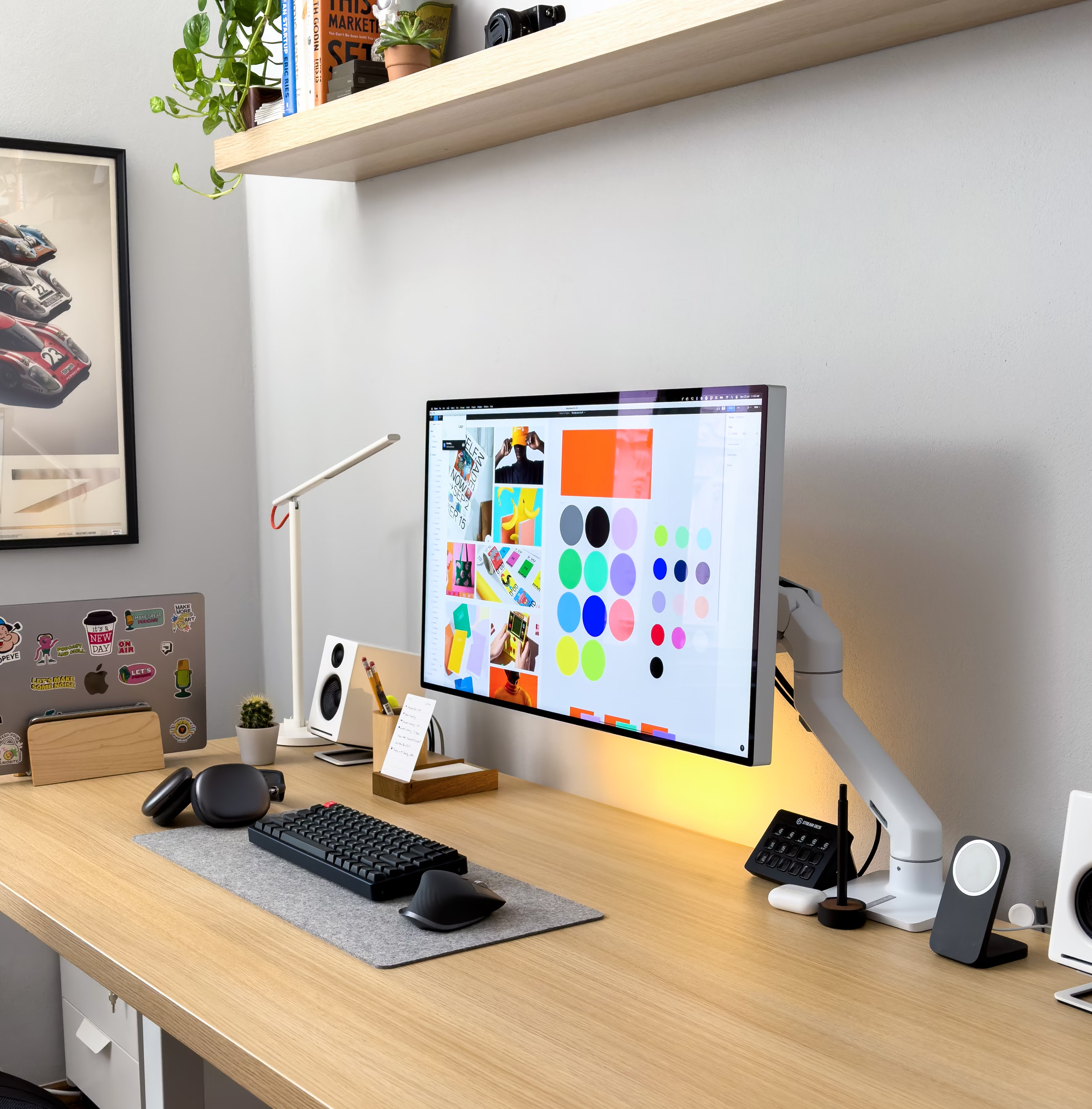
One of the first questions I now ask every client is:
Why do you exist beyond making money?
Your brand purpose is the heart of your business. Without it, everything else is just decoration.
My Example:
When I created Sixstarter, my vision wasn’t just to sell templates or websites. It was to help small businesses from Asia reach European markets with clarity and beauty. That belief became the guiding light behind our messaging, services, and even pricing.
3. Brand Identity: What People See
Let’s talk about the fun stuff — the logo, the colors, the typeface.
But here’s the catch: it’s not about what looks good. It’s about what fits.
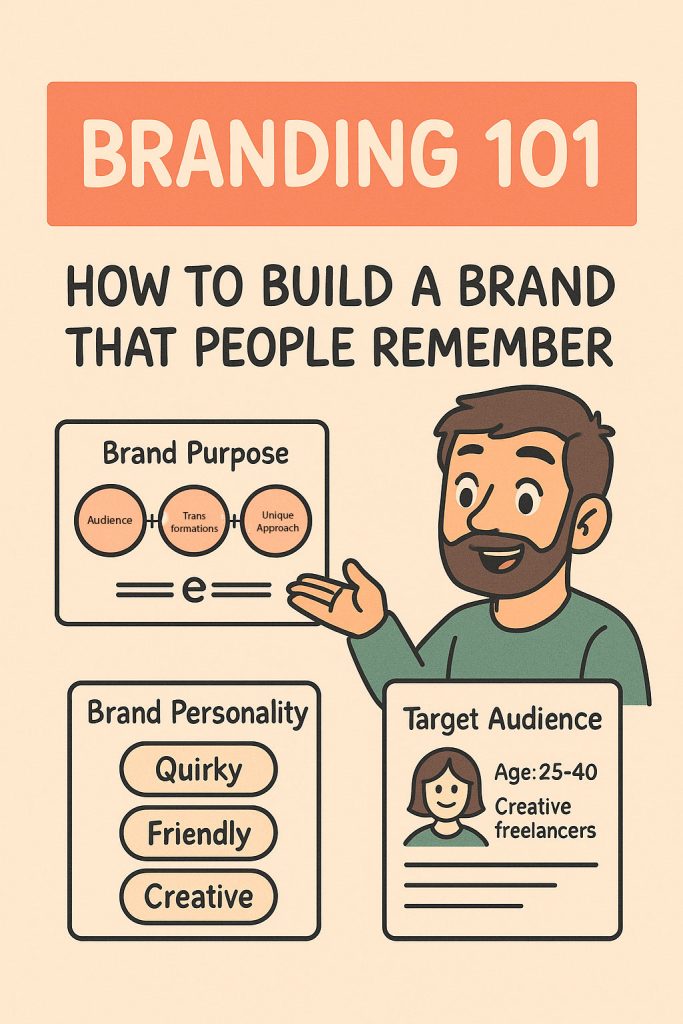
Identity Components:
- Logo – Should reflect the brand’s personality.
- Color Palette – Color influences emotion. Blue = trustworthy. Red = bold. Yellow = optimism.
- Typography – Serif for tradition, sans-serif for modernity.
- Imagery – Photography or illustrations that carry your vibe.
- Voice & Tone – How your brand sounds in text.
Real Talk:
I once designed a sleek, minimal identity for a fashion brand… only to realize later they wanted something earthy and eclectic. I was designing for my taste, not their truth.
4. Brand Personality: Who Would Your Brand Be at a Party?
If your brand was a person, how would they talk? Dress? Behave?
This question changed everything for me.
I even made my team do a “Brand Archetype” quiz. Turns out, one of our brands was a “Caregiver” (warm, supportive), and another was a “Rebel” (bold, unapologetic).
Tip: Use brand archetypes like Hero, Explorer, Sage, or Jester to define your tone.
5. Brand Values: What You Stand For
I once worked with a founder who said,
“As long as we make money, I don’t care how people perceive us.”
Needless to say, that brand didn’t last long.
Your values guide decisions when no one’s watching. They shape your culture. They’re why your audience trusts you.
My Values for Sixstarter:
- Human-first communication
- Quality over speed
- Design with intention
- Empowering global collaboration
6. Know Your Audience Like You Know Your Best Friend
One of the biggest mistakes I’ve made?
Trying to talk to everyone.
When you try to please all — you connect with none.
Create a real audience profile:
- Age
- Location
- Interests
- Pain points
- What keeps them awake at night?
I once built a brand campaign targeted at 40+ female entrepreneurs, only to realize the content sounded like it was for Gen Z. Ouch.
7. Brand Positioning: Find Your Place in the Market
Your positioning is the gap you fill. It’s how you’re different, not just better.
Simple template:
“We help [who] achieve [what] through [how], unlike [alternative].”
For example:
“We help solo creators in Indonesia build premium websites without code, unlike DIY platforms that offer no personal support.”
Boom. Clear. Sharp. Focused.
8. Branding vs. Marketing
Here’s what most people mess up — including me, early on.
- Branding = Strategy, identity, long-term positioning
- Marketing = Tactics, campaigns, short-term attention
Marketing can bring you leads.
Branding builds loyalty — the kind that keeps customers coming back even when you’re not running ads.
9. The Emotional Side of Branding
When I started putting my voice into the Sixstarter blog, talking honestly about design, life, and small wins — we started getting messages like:
“Feels like you understand me.”
That’s branding at work.
It’s not just design. It’s how you make people feel.
10. Applying Branding in Real Life
Here’s how I bring branding into everything we do:
Website:
- Colors match our values (deep blue = trust, orange = creativity)
- Fonts reflect modern elegance
- Every CTA is written like we’re inviting a friend
Social Media:
- We speak like humans, not sales robots
- Use real stories, not just product updates
Client Proposals:
- Branded templates
- Consistent tone
- Always starting with why
11. Tools I Use for Branding
Here are my go-to tools:
- Notion – For documenting brand strategy and audience profiles
- Figma – Designing brand assets
- Coolors.co – Generating color palettes
- Tally Forms – Gathering audience feedback
- Miro – Mapping brand moodboards with clients
- Canva – Quick templates for consistent visuals
12. Challenges I Faced
Let me be honest — I messed up a lot:
- Choosing colors based on trend, not meaning
- Writing copy that was vague and generic
- Designing without understanding my audience’s needs
- Rebranding too often (yes, I rebranded 3 times in a year!)
But every mistake was a lesson. And now, I can help others avoid the same.
13. Final Tips: Brand Smart, Not Just Beautiful
- Start with strategy. A good logo can’t fix a weak message.
- Be consistent. Your email signature matters just as much as your Instagram.
- Document everything. Especially if you’re building a team.
- Test your tone. Talk to real customers. Ask how they feel about your brand.
- Don’t fake it. Authenticity > polish.
14. Summary Checklist
Here’s a simple Branding 101 checklist you can steal:
✅ Define your brand purpose
✅ Clarify your audience
✅ Create a brand identity
✅ Develop your voice & tone
✅ Choose your brand values
✅ Craft a positioning statement
✅ Apply it across all touchpoints
✅ Evolve — don’t stay stuck
Closing Words
If you’ve read this far — thank you. Truly.
I wrote this post as a way to reflect, share, and hopefully help someone out there who’s trying to figure out how to build not just a business — but a brand that matters.
Because in the end, your brand is your legacy.
And legacy isn’t built overnight.
It’s built by showing up, consistently, authentically, and unapologetically.
See you in the next post.
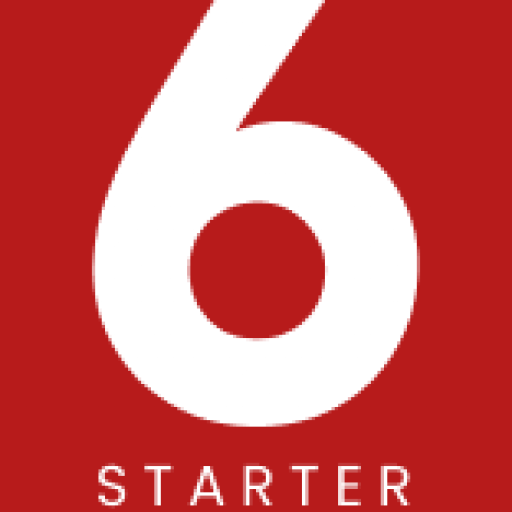

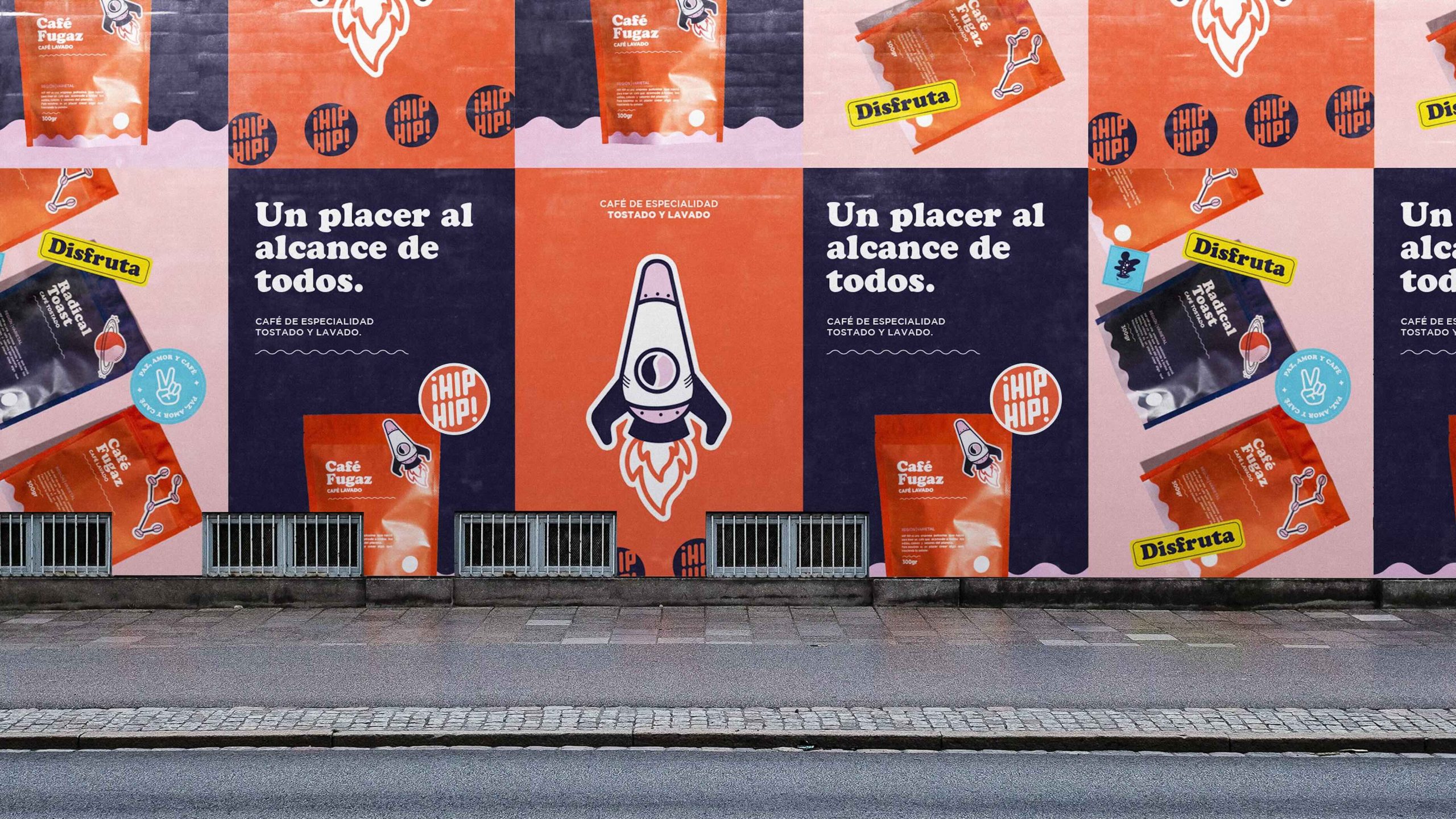

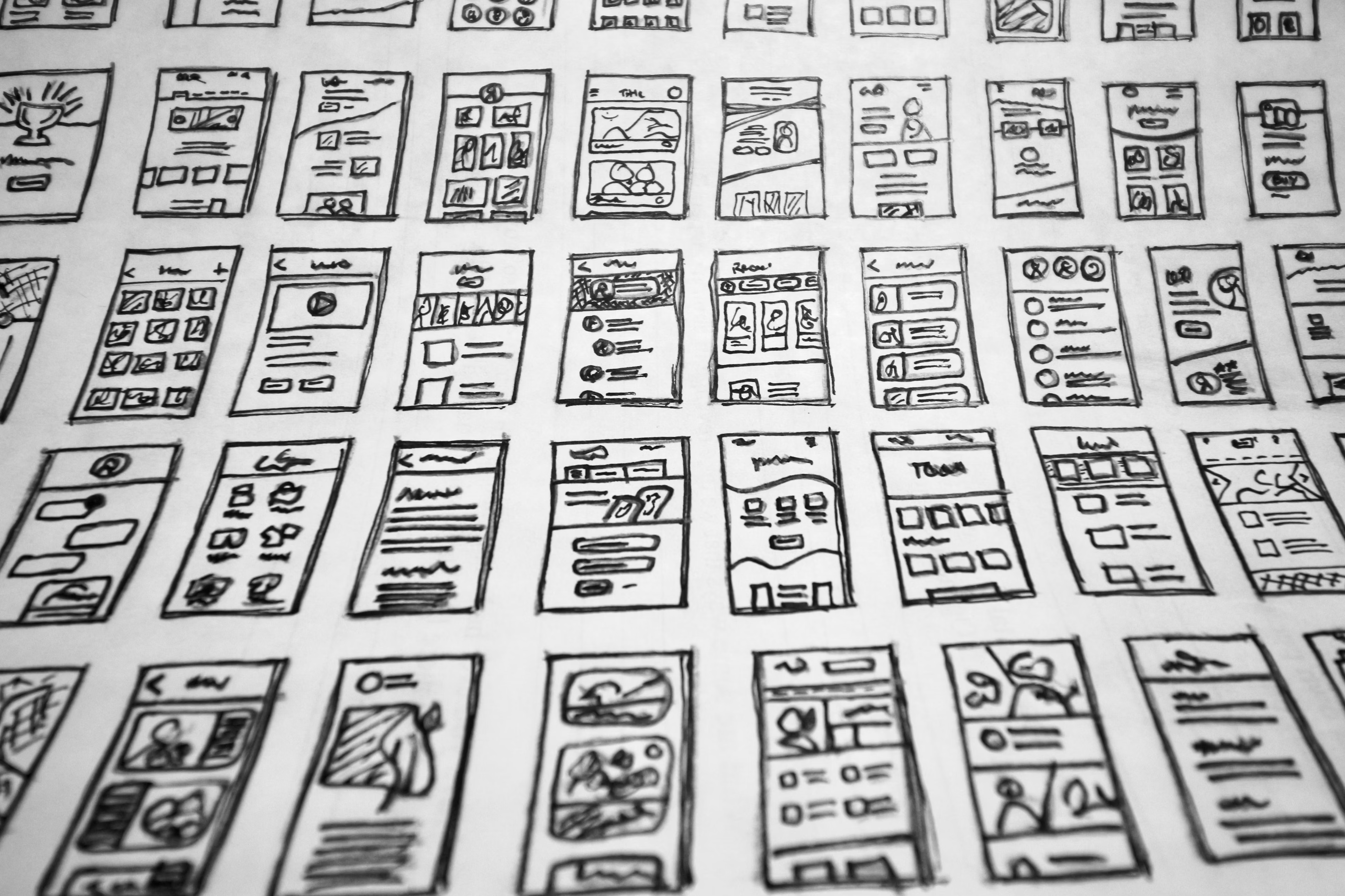
Leave a Comment